Entity Model:
I've read AWS Guide about create a Modeling Relational Data in DynamoDB. It's so confusing in my access pattern.
Access Pattern
+-------------------------------------------+------------+------------+
| Access Pattern | Params | Conditions |
+-------------------------------------------+------------+------------+
| Get TEST SUITE detail and check that |TestSuiteID | |
| USER_ID belongs to project has test suite | &UserId | |
+-------------------------------------------+------------+------------+
| Get TEST CASE detail and check that | TestCaseID | |
| USER_ID belongs to project has test case | &UserId | |
+-------------------------------------------+------------+------------+
| Remove PROJECT ID, all TEST SUITE | ProjectID | |
| AND TEST CASE also removed | &UserId | |
+-------------------------------------------+------------+------------+
So, I model a relational entity data as guide.
+-------------------------+---------------------------------+
| Primary Key | Attributes |
+-------------------------+ +
| PK | SK | |
+------------+------------+---------------------------------+
| user_1 | USER | FullName | |
+ + +----------------+----------------+
| | | John Doe | |
+ +------------+----------------+----------------+
| | prj_01 | JoinedDate | |
+ + +----------------+----------------+
| | | 2019-04-22 | |
+ +------------+----------------+----------------+
| | prj_02 | JoinedDate | |
+ + +----------------+----------------+
| | | 2019-05-26 | |
+------------+------------+----------------+----------------+
| user_2 | USER | FullName | |
+ + +----------------+----------------+
| | | Harry Potter | |
+ +------------+----------------+----------------+
| | prj_01 | JoinedDate | |
+ + +----------------+----------------+
| | | 2019-04-25 | |
+------------+------------+----------------+----------------+
| prj_01 | PROJECT | Name | Description |
+ + +----------------+----------------+
| | | Facebook Test | Do some stuffs |
+ +------------+----------------+----------------+
| | t_suite_01 | | |
+ + +----------------+----------------+
| | | | |
+------------+------------+----------------+----------------+
| prj_02 | PROJECT | Name | Description |
+ + +----------------+----------------+
| | | Instagram Test | ... |
+------------+------------+----------------+----------------+
| t_suite_01 | TEST_SUITE | Name | |
+ + +----------------+----------------+
| | | Test Suite 1 | |
+ +------------+----------------+----------------+
| | t_case_1 | | |
+ + +----------------+----------------+
| | | | |
+------------+------------+----------------+----------------+
| t_case_1 | TEST_CASE | Name | |
+ + +----------------+----------------+
| | | Test Case 1 | |
+------------+------------+----------------+----------------+
If I just have UserID and TestCaseId as a parameter, how could I get TestCase Detail and verify that UserId has permission.
I've thought about storing complex hierarchical data within a single item. Something likes this
+------------+-------------------------+
| t_suite_01 | user_1#prj_1 |
+------------+-------------------------+
| t_suite_02 | user_1#prj_2 |
+------------+-------------------------+
| t_case_01 | user_1#prj_1#t_suite_01 |
+------------+-------------------------+
| t_case_02 | user_2#prj_1#t_suite_01 |
+------------+-------------------------+
Question: What is the best way for this case? I appreciate if you could give me some suggestion for this approach (bow)


